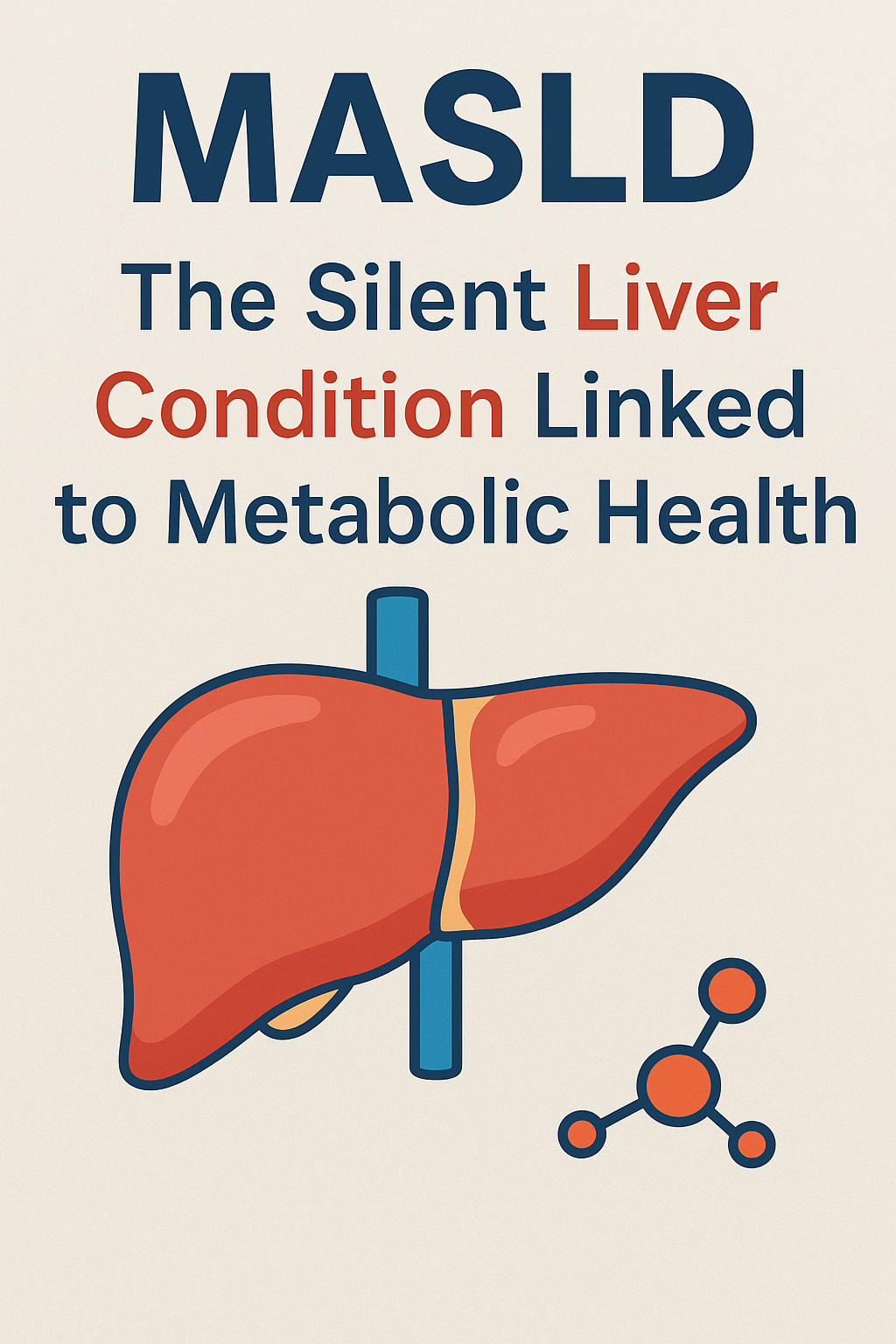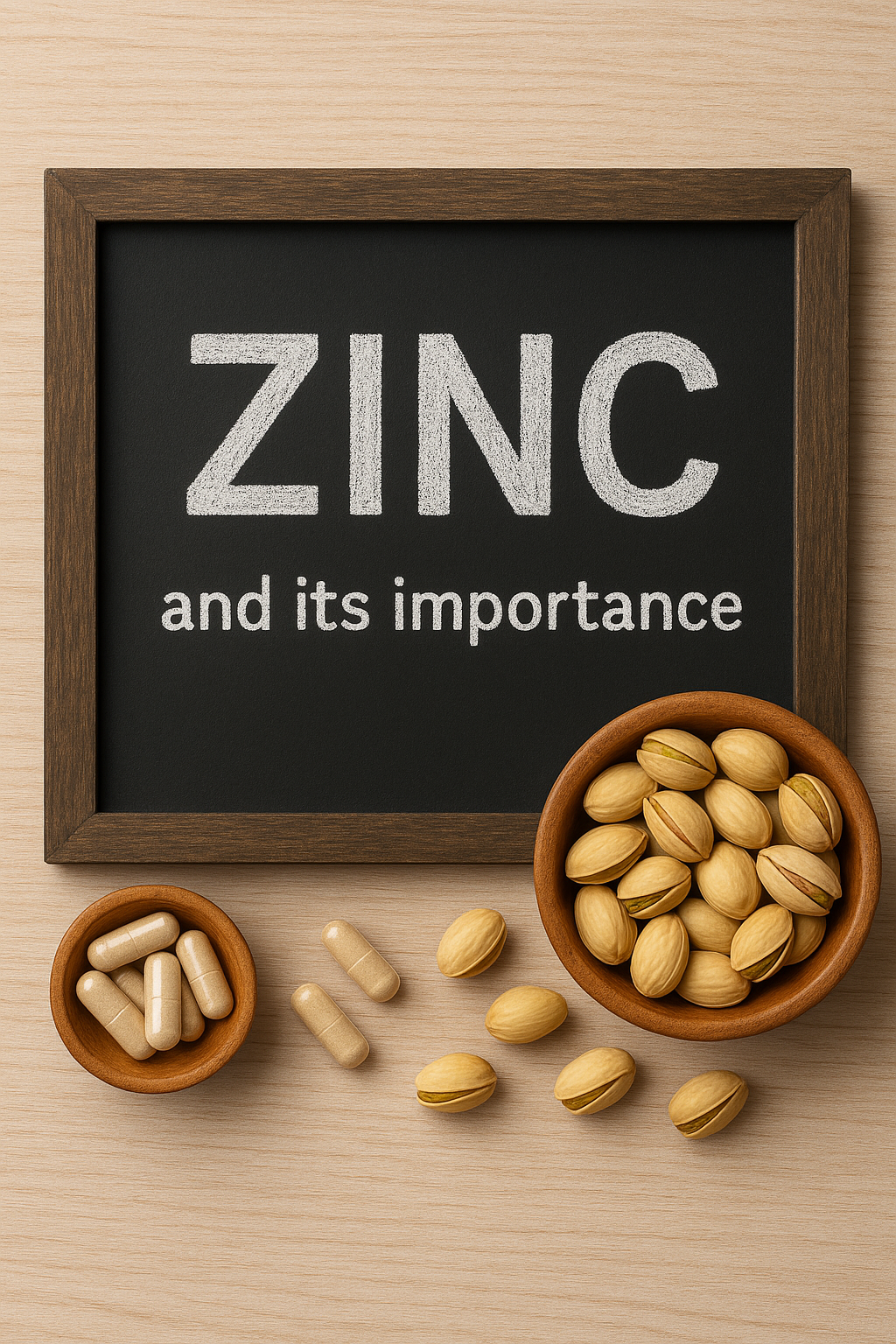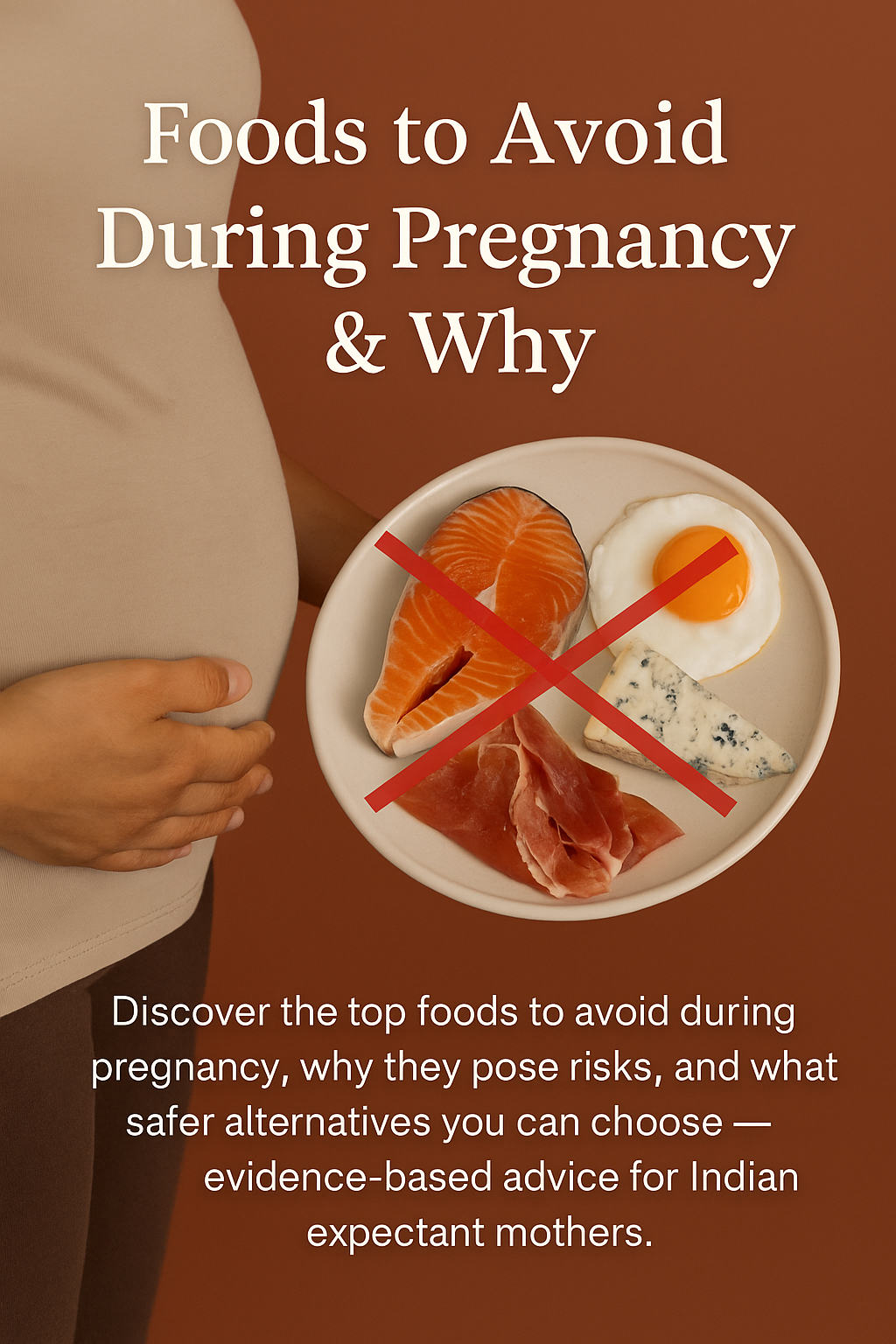By Dr. Akanksha Sharma, MD (Community Medicine)
Founder, atozofpregnancy.com
🌸 Introduction
Pregnancy is a beautiful journey — but it’s also the time when your body’s nutritional needs increase dramatically. The food you eat now doesn’t just nourish you; it builds your baby’s brain, organs, and immunity.
So, what should you actually eat every day to support a healthy pregnancy and smooth delivery?
Let’s look at the 10 best foods every pregnant woman should include in her diet — backed by both modern nutrition and traditional wisdom.
🥚 1. Eggs – The Perfect Protein
Why: Eggs are packed with high-quality protein, iron, and choline — essential for your baby’s brain and spinal cord development.
How to eat:
-
1–2 eggs daily (boiled, poached, or scrambled).
-
For vegetarians, add paneer or Greek yogurt as alternatives.
🩺 Tip: Avoid raw or undercooked eggs to reduce infection risk.
🥛 2. Dairy Products – Calcium and Vitamin D Powerhouse
Why: Calcium supports your baby’s bones and teeth, while Vitamin D improves absorption and prevents deficiency.
Best options:
-
Greek yogurt, milk, paneer, or fortified soy milk.
-
2–3 servings daily (e.g., 1 cup milk + 100 g curd + small paneer portion).
🩺 Bonus: Yogurt also contains probiotics that reduce constipation and support gut health.
🥬 3. Green Leafy Vegetables – Folate & Iron Boosters
Why: Spinach, methi (fenugreek), and amaranth are rich in folate — crucial to prevent neural tube defects — and iron to combat anemia.
How to eat:
-
Add to dal, parathas, or smoothies.
-
Pair with Vitamin C (like lemon juice) to improve iron absorption.
🥭 4. Seasonal Fruits – Natural Multivitamins
Why: Fruits like oranges, guava, bananas, apples, and mangoes provide fiber, Vitamin C, and natural sugars for sustained energy.
Best time:
-
Mid-morning or as an evening snack.
-
Include 2–3 servings per day (one serving = 1 medium fruit).
🍊 Avoid excess fruit juices — they spike blood sugar and lack fiber.
🥕 5. Colorful Vegetables – Antioxidant-Rich Protection
Why: Carrots, bell peppers, pumpkins, and beetroots are loaded with beta-carotene, Vitamin A, and phytonutrients that support your baby’s immune system and eye development.
How to eat:
-
Steam, stir-fry, or make soups with mixed veggies.
-
Aim for 3 colors on your plate daily.
🥣 6. Whole Grains – Energy and Fiber Source
Why: Whole grains like oats, brown rice, quinoa, jowar, and whole wheat keep blood sugar stable and prevent constipation.
How to eat:
-
Swap white rice for brown rice or millet-based khichdi.
-
Include 4–5 servings daily (1 roti or ½ cup cooked grains = 1 serving).
🫘 7. Lentils & Legumes – Iron, Protein, and Fiber Trio
Why: Chana, rajma, moong, and masoor dal provide vegetarian protein and are rich in folate and iron.
How to eat:
-
1–2 bowls of dal or sprouts daily.
-
Add lemon juice or tomatoes for better iron absorption.
🐟 8. Fatty Fish or Omega-3 Seeds – Brain Development Essentials
Why: Omega-3 fatty acids (DHA) support your baby’s brain and eye development.
Options:
-
For non-vegetarians: Salmon, sardines, or mackerel (2–3 times per week).
-
For vegetarians: Chia seeds, flaxseeds, and walnuts daily.
🌰 9. Nuts and Seeds – Healthy Fats and Micronutrients
Why: Provide magnesium, zinc, and healthy fats that improve placental health and reduce preterm birth risk.
How to eat:
-
5–6 almonds, 2 walnuts, and 1 tablespoon mixed seeds (pumpkin, chia, flax) daily.
-
Add to smoothies or yogurt.
🥔 10. Iron-Rich Foods – Preventing Pregnancy Anemia
Why: Your blood volume increases during pregnancy, making iron crucial to prevent fatigue and low birth weight.
Include:
-
Dates, jaggery, black chana, spinach, and fortified cereals.
-
Combine with citrus fruits for better absorption.
💧 Bonus: Don’t Forget Hydration!
Drink at least 2–3 liters of water daily. Coconut water, buttermilk, or soups are excellent hydrating options too.
🌿 Final Thoughts
A healthy pregnancy diet is balanced, colorful, and mindful.
Focus on whole foods, regular meals, and gentle physical activity like walking or prenatal yoga.
Remember — you’re eating to nourish life itself.
Small daily choices create a big difference in your baby’s health and your postpartum recovery. 🌸
✳️ References
-
Institute of Medicine (US). Dietary Reference Intakes for Pregnancy. National Academies Press.
-
Harvard School of Public Health. Healthy Eating Plate Guidelines.
-
American College of Obstetricians and Gynecologists (ACOG). Nutrition During Pregnancy.
- Dietary intake during pregnancy. NIN
🩺 About the Author
Dr. Akanksha Sharma (MBBS, MD – Community Medicine) is the founder of A to Z of Pregnancy, a digital platform dedicated to evidence-based women’s health, nutrition, and motherhood.
She helps women achieve healthy pregnancies through personalized diet, lifestyle, and prenatal care plans.

Akanksha Sharma
Dr. Akanksha Sharma, Head Writer and creator of AtoZ of Pregnancy, is dedicated to empowering women, parents, and families through 360-degree knowledge. She and her team provide evidence-based advice to guide families through pregnancy, parenting and beyond.






